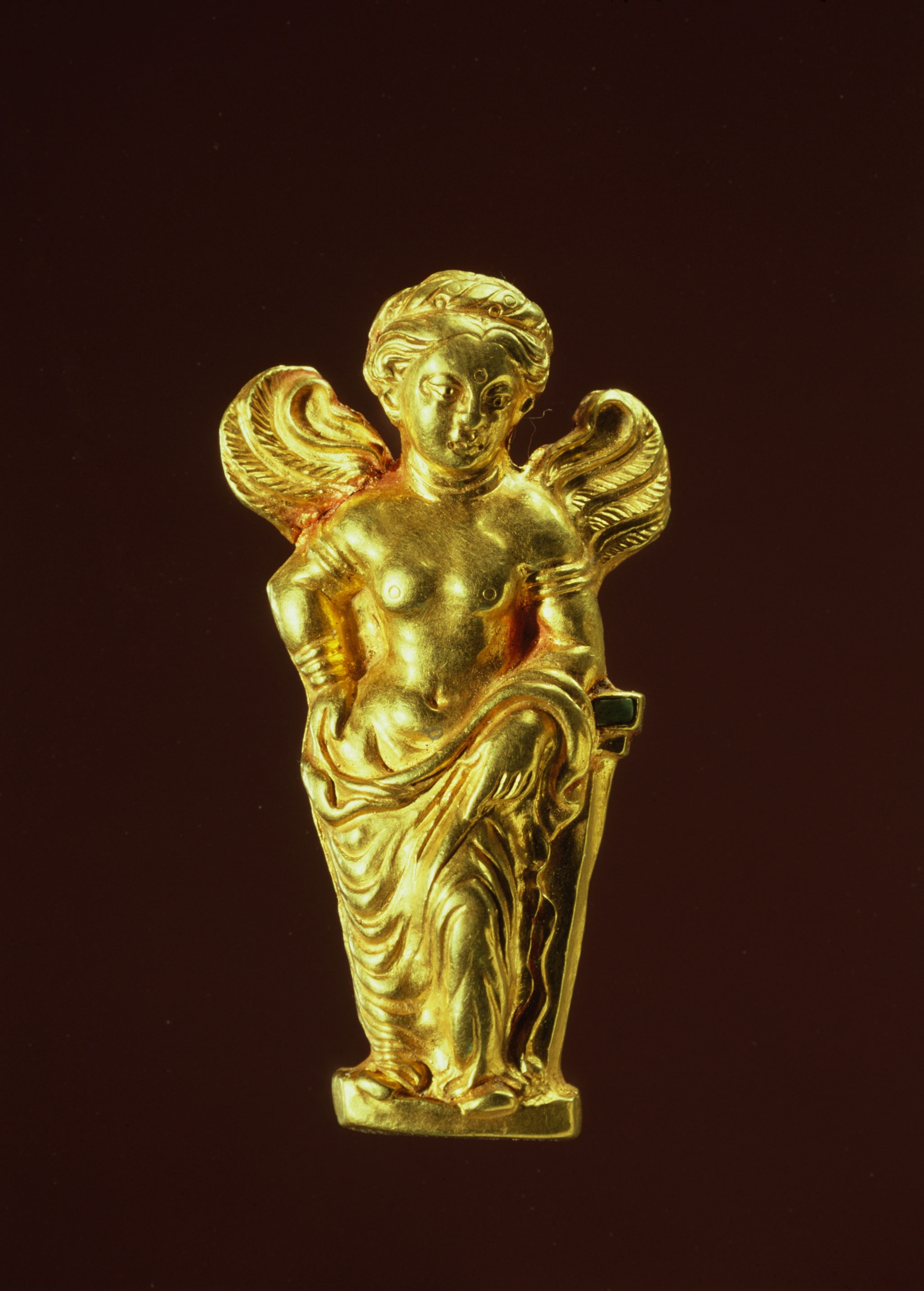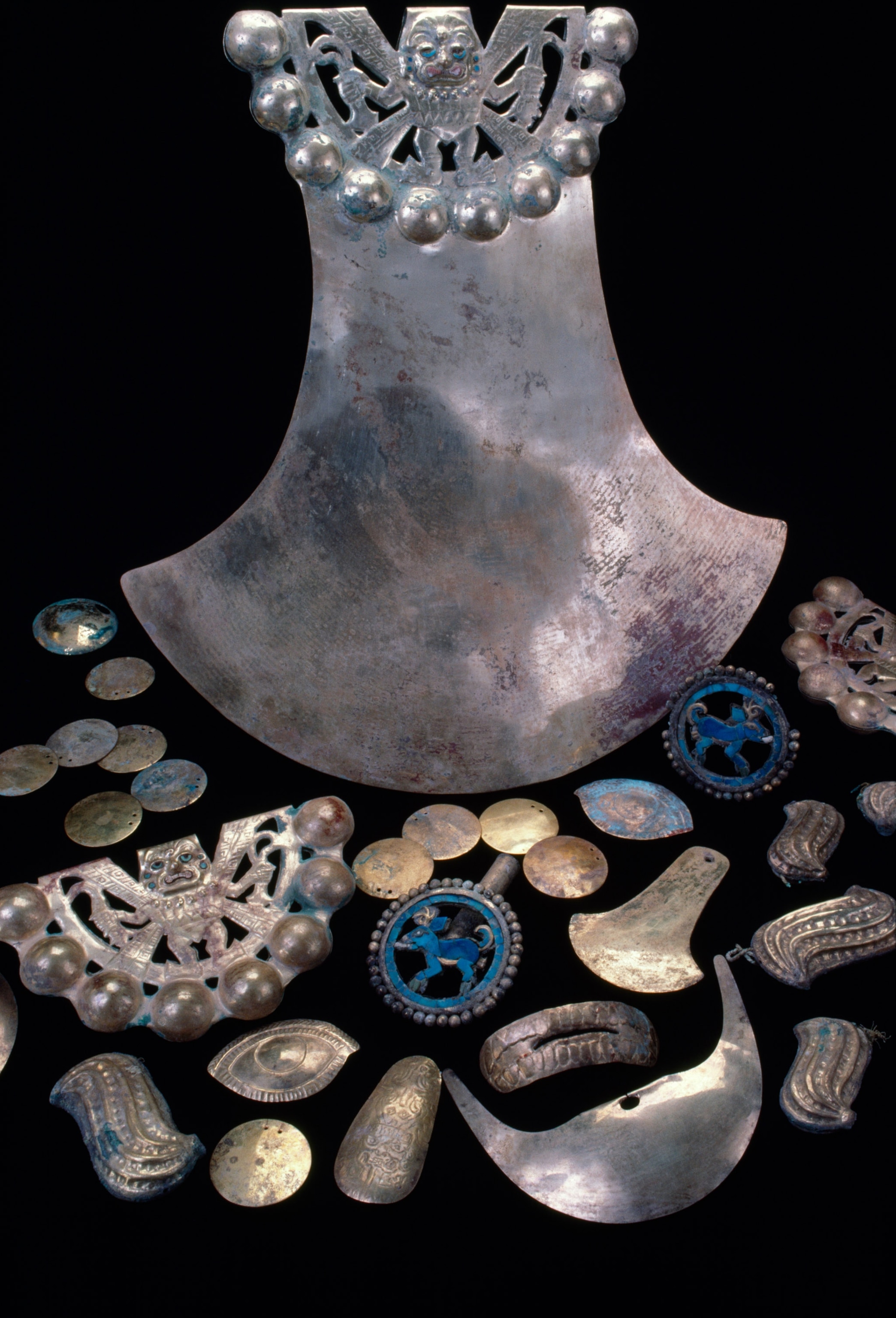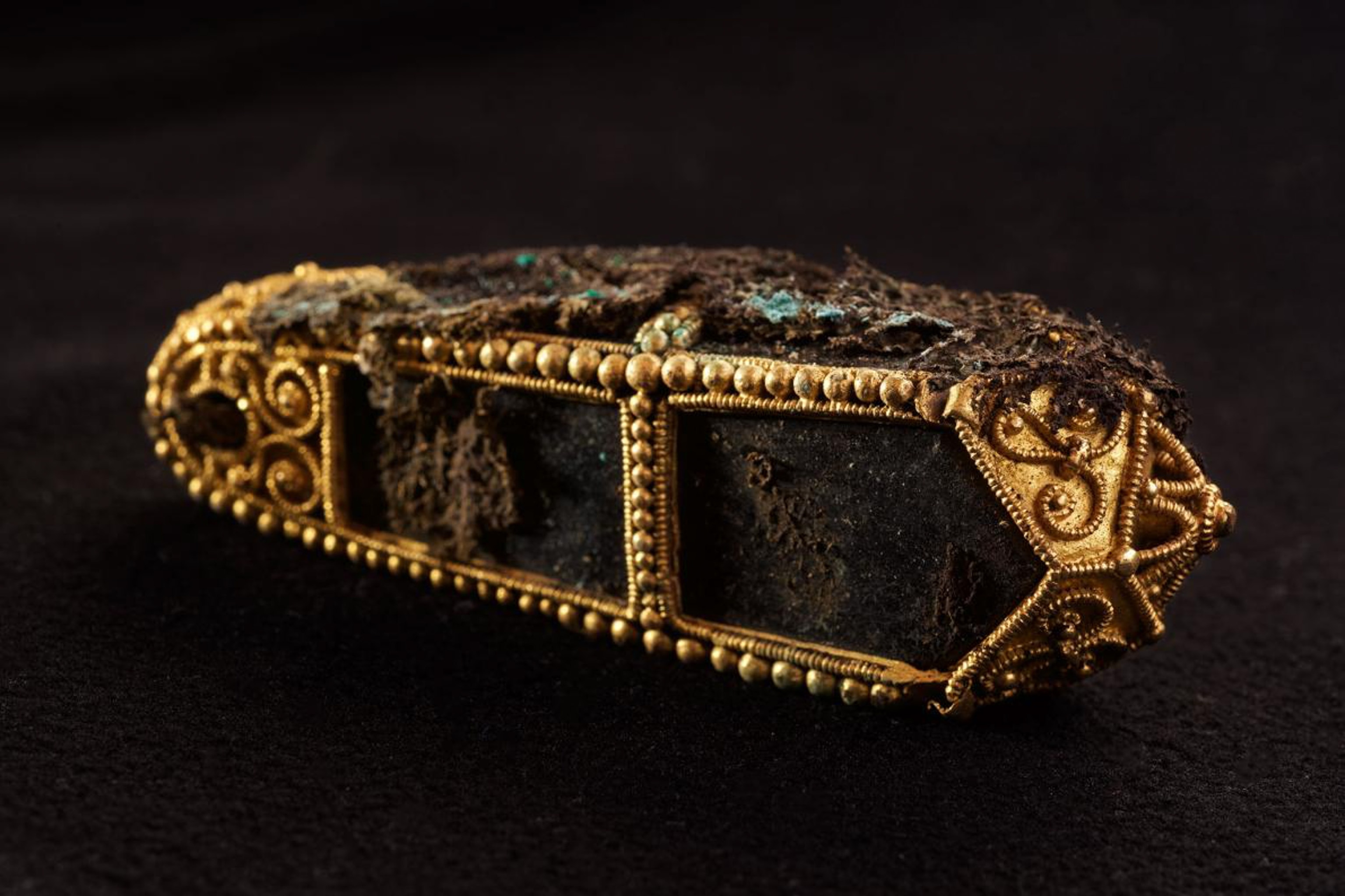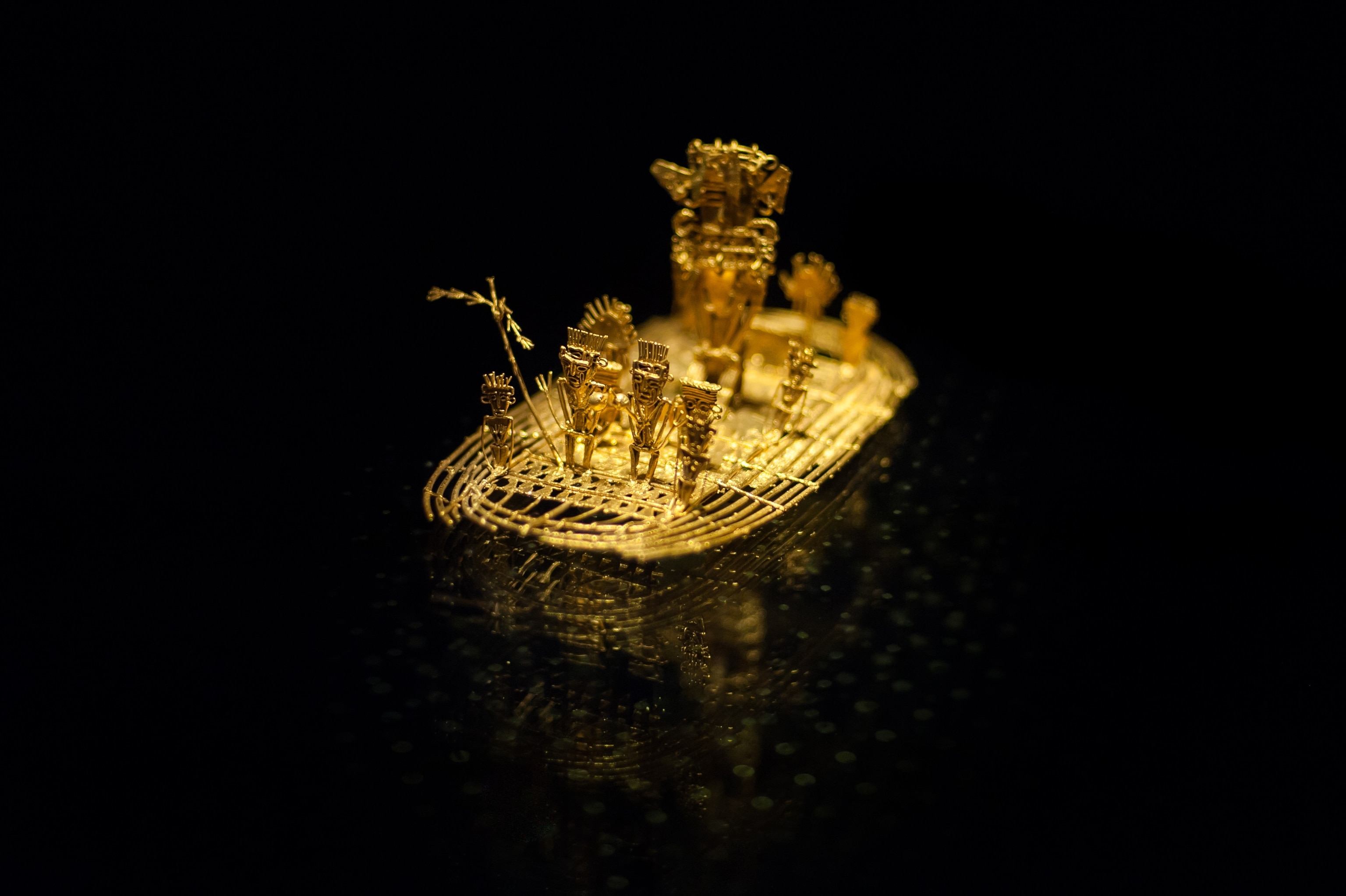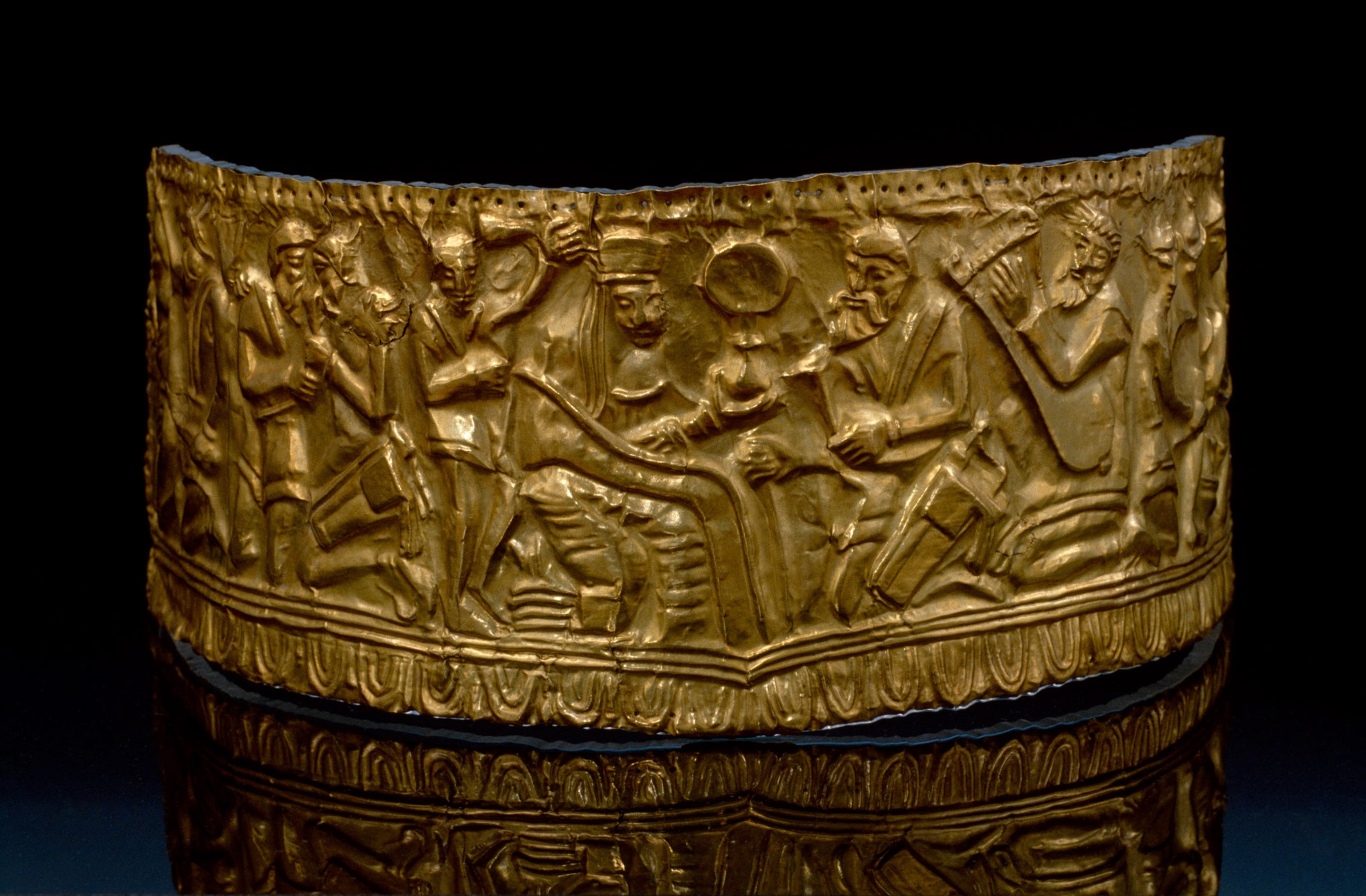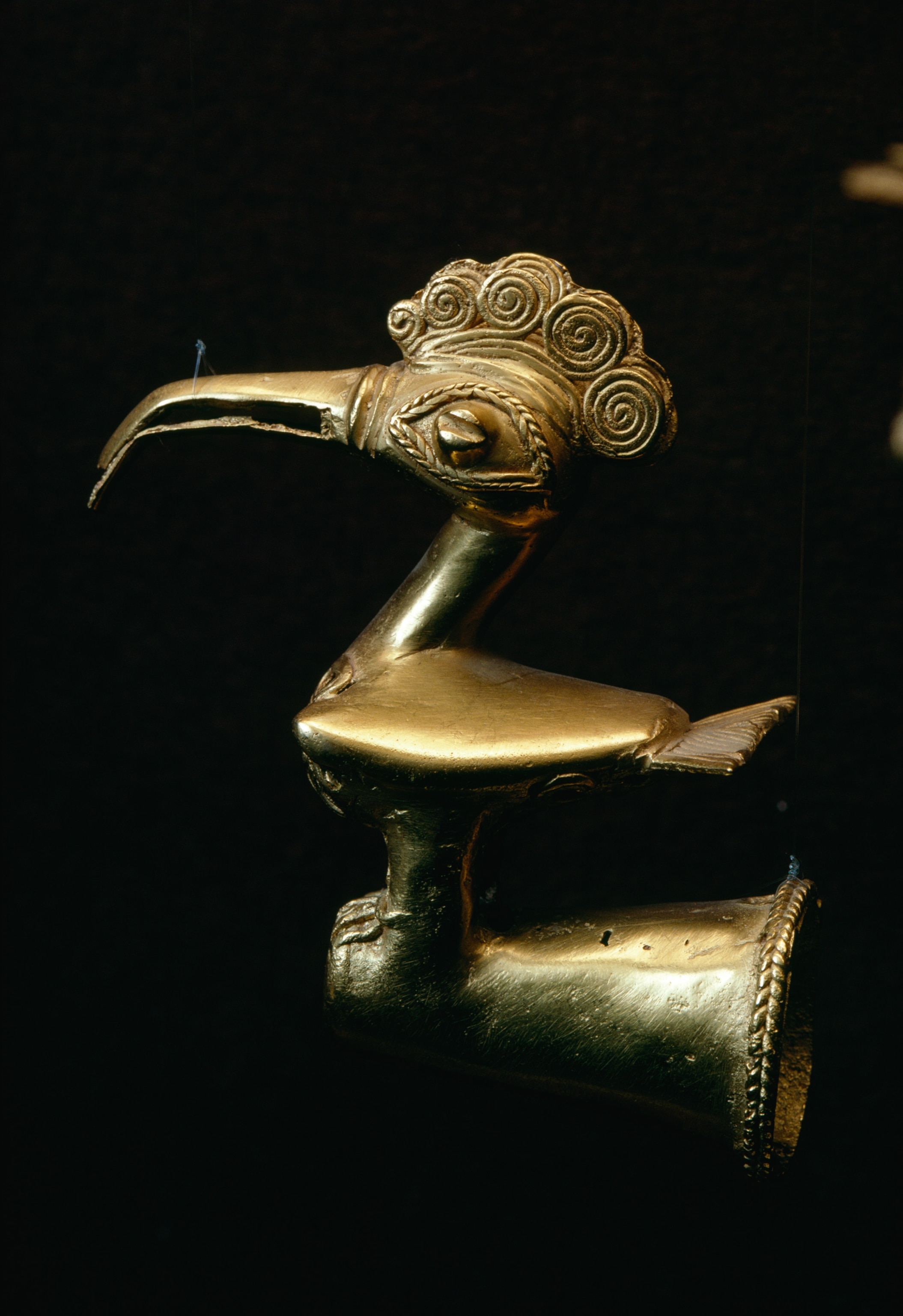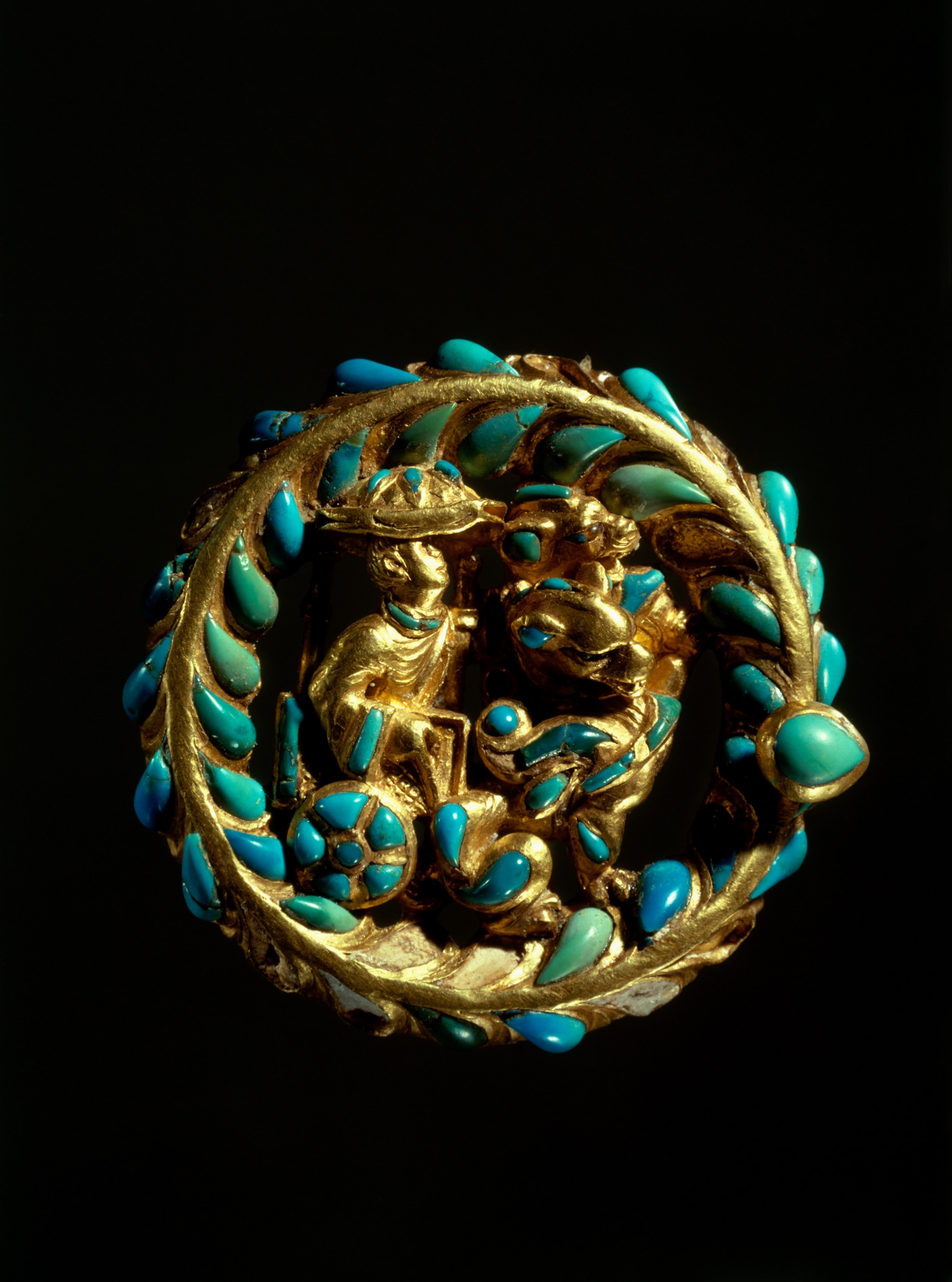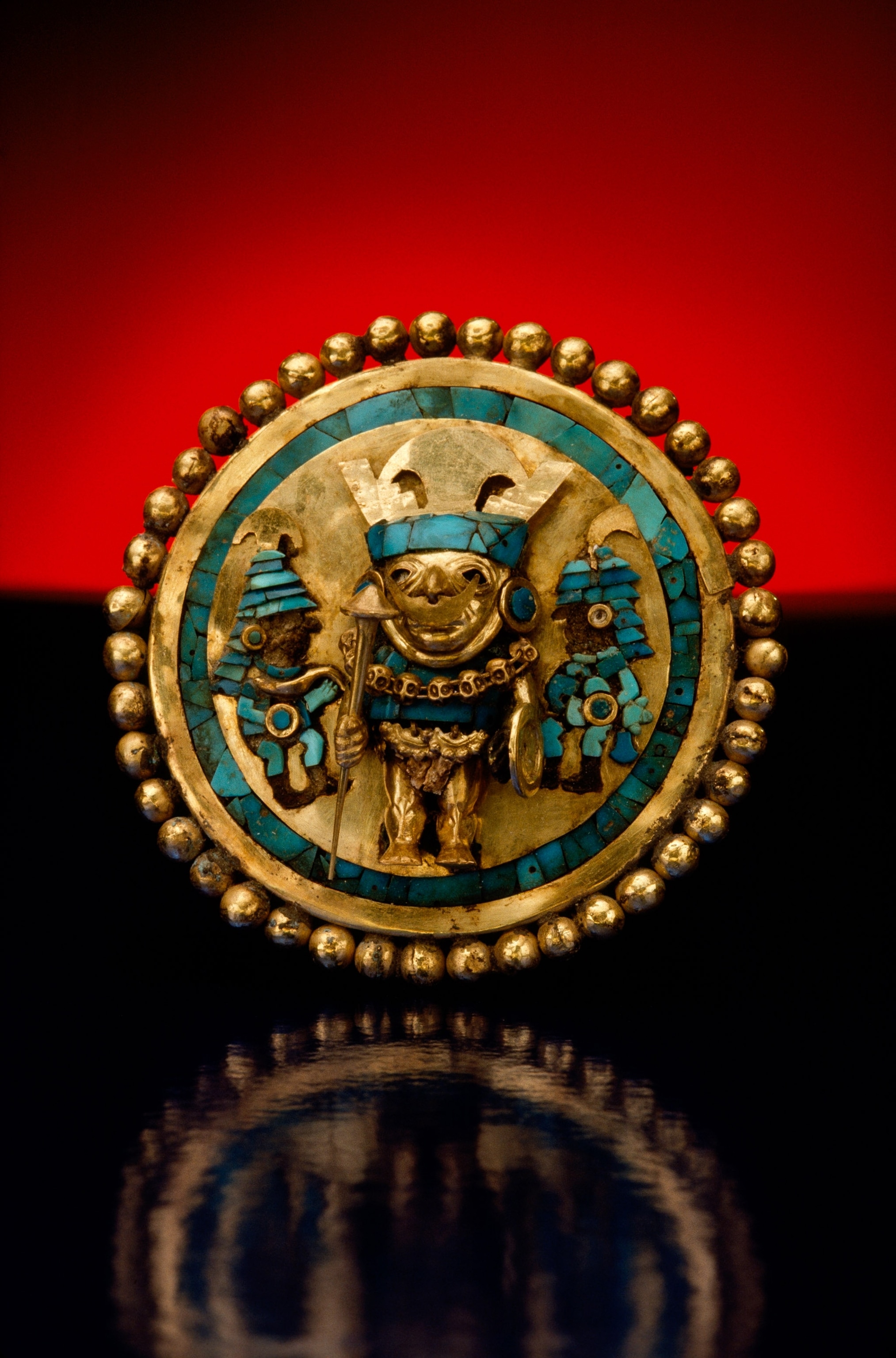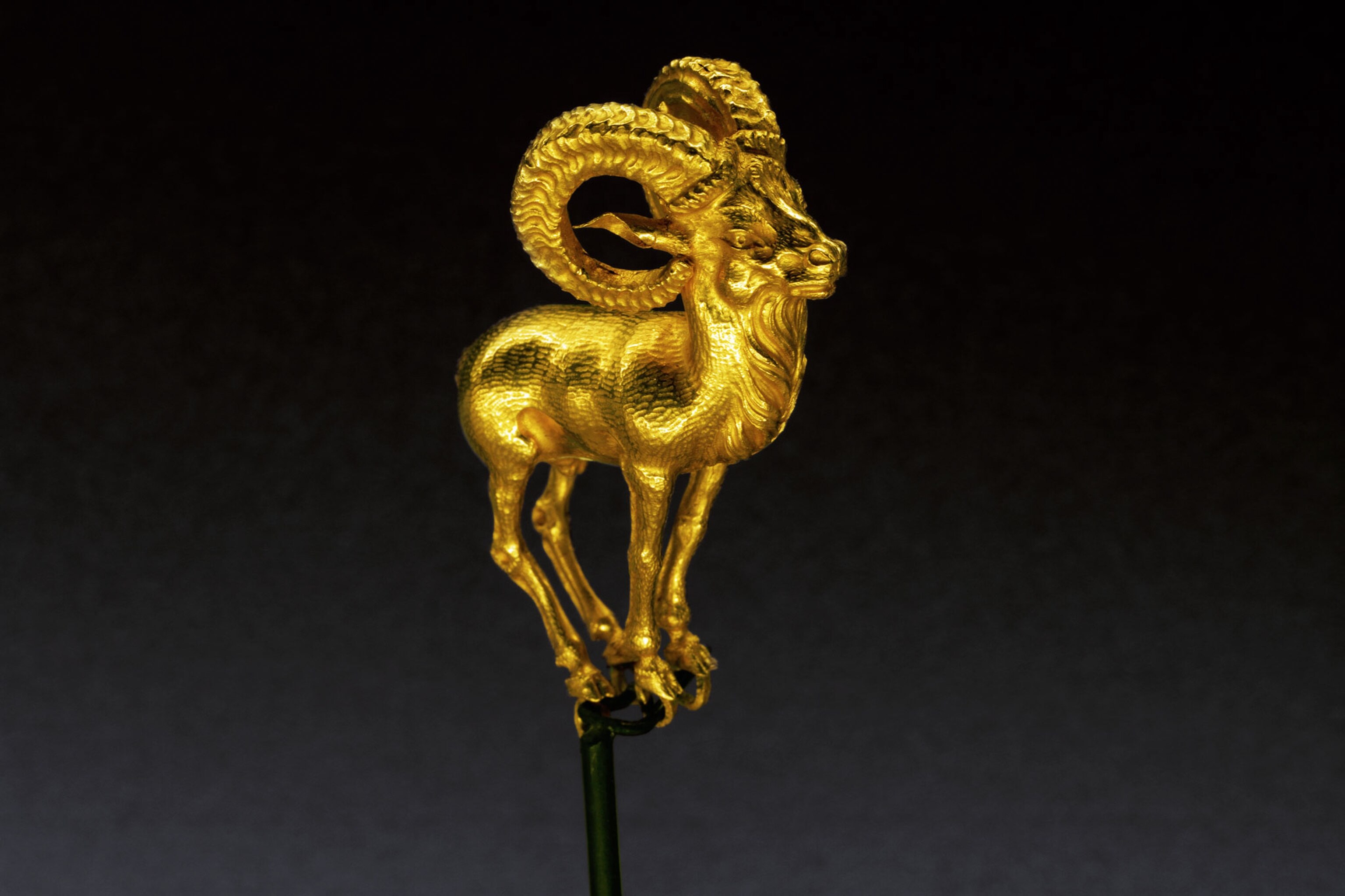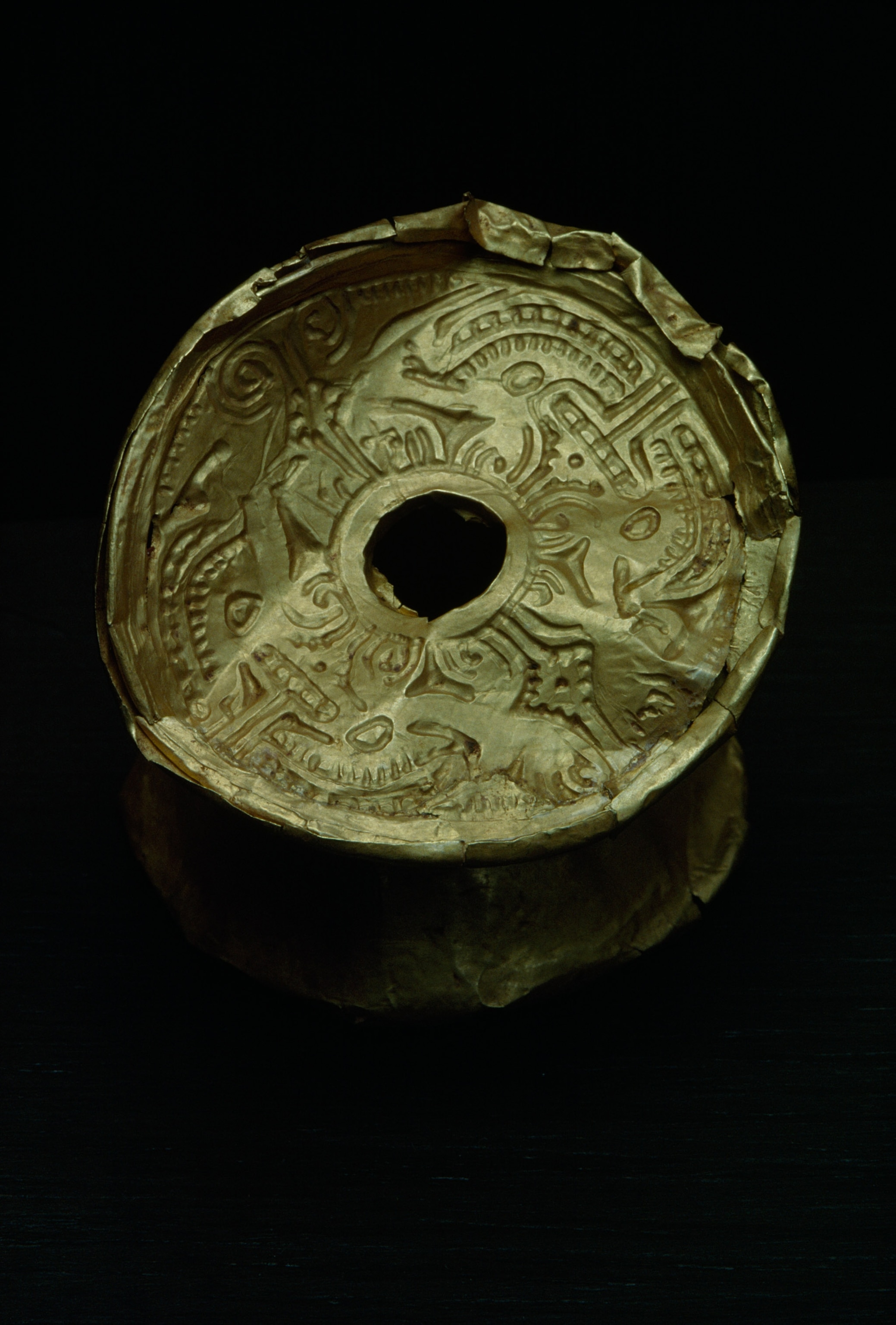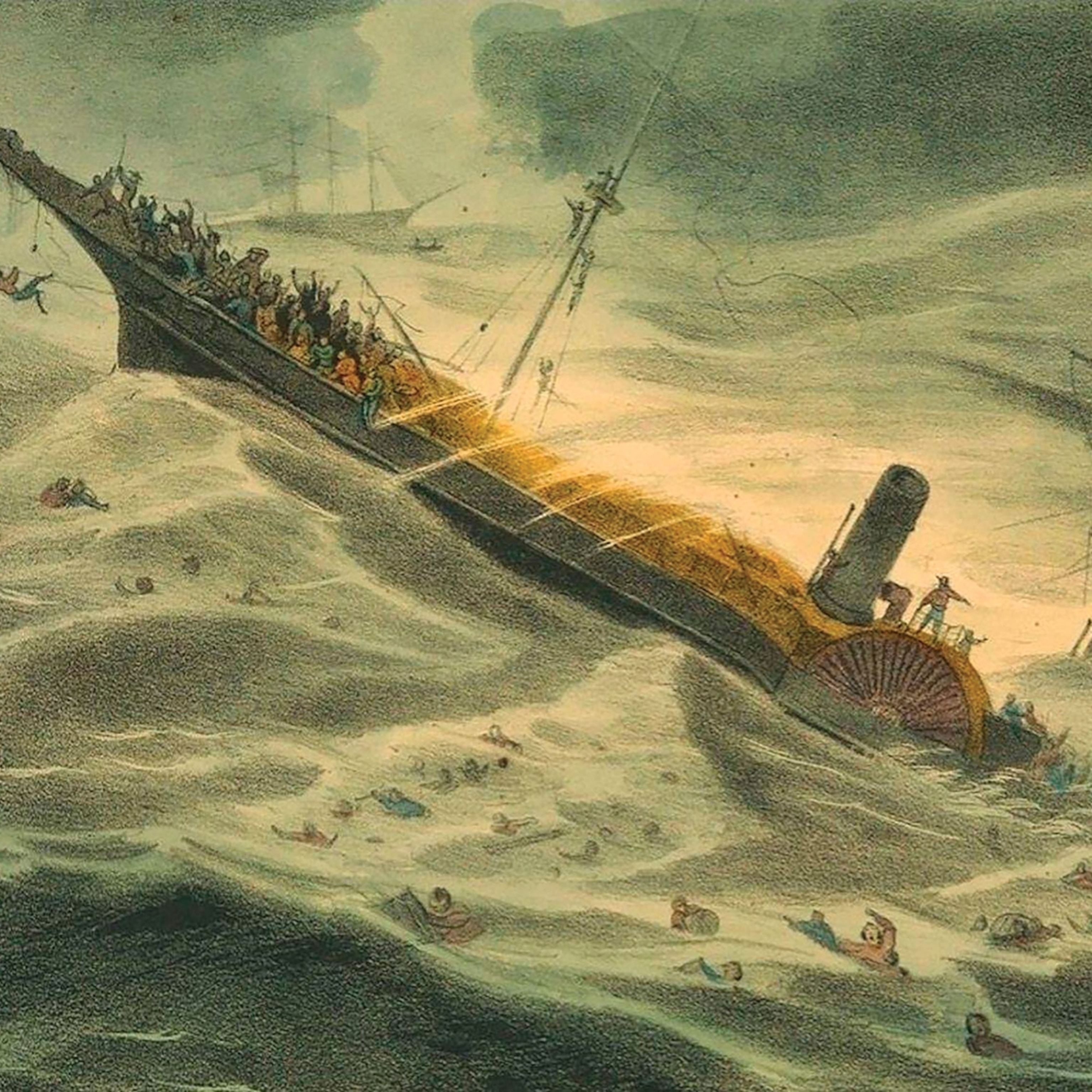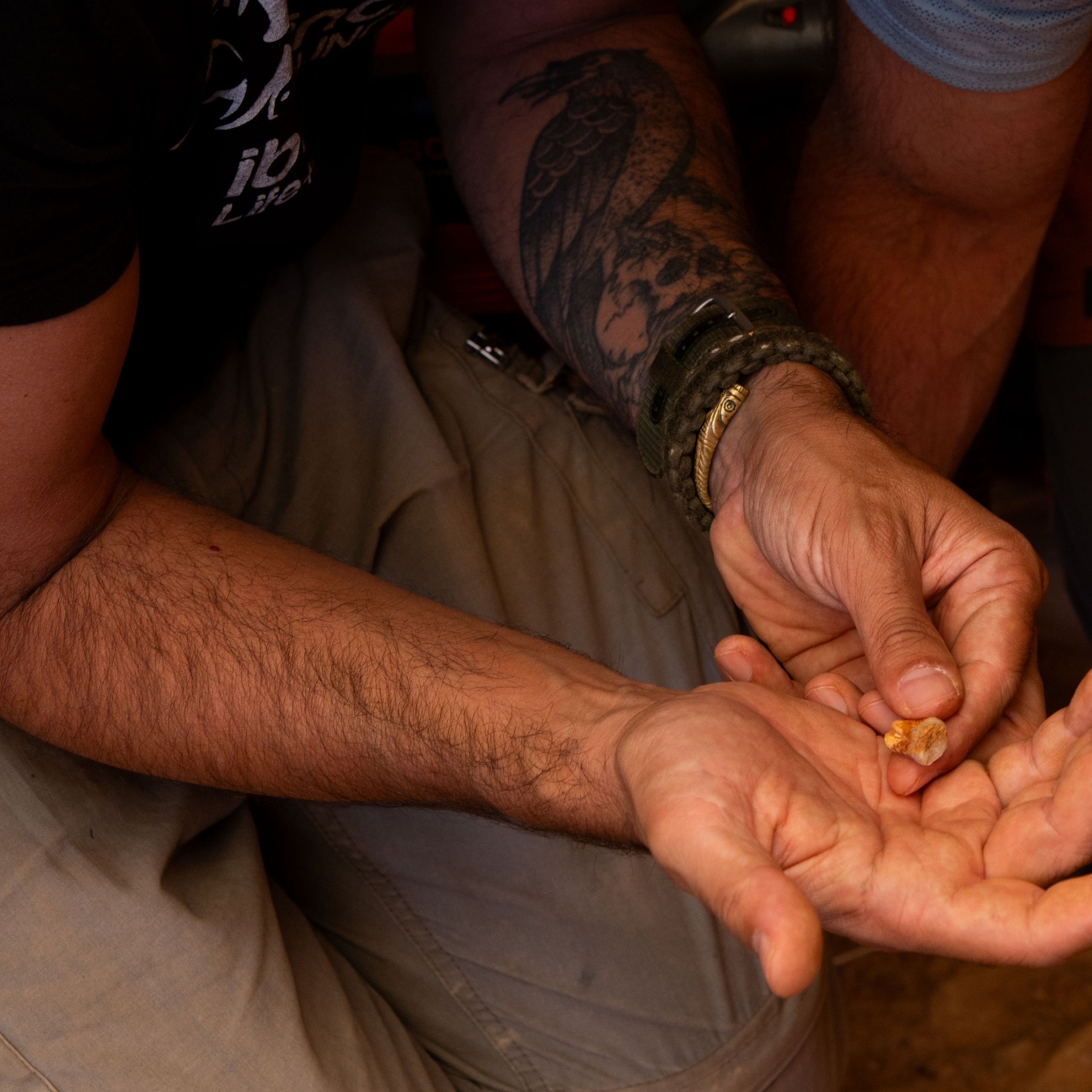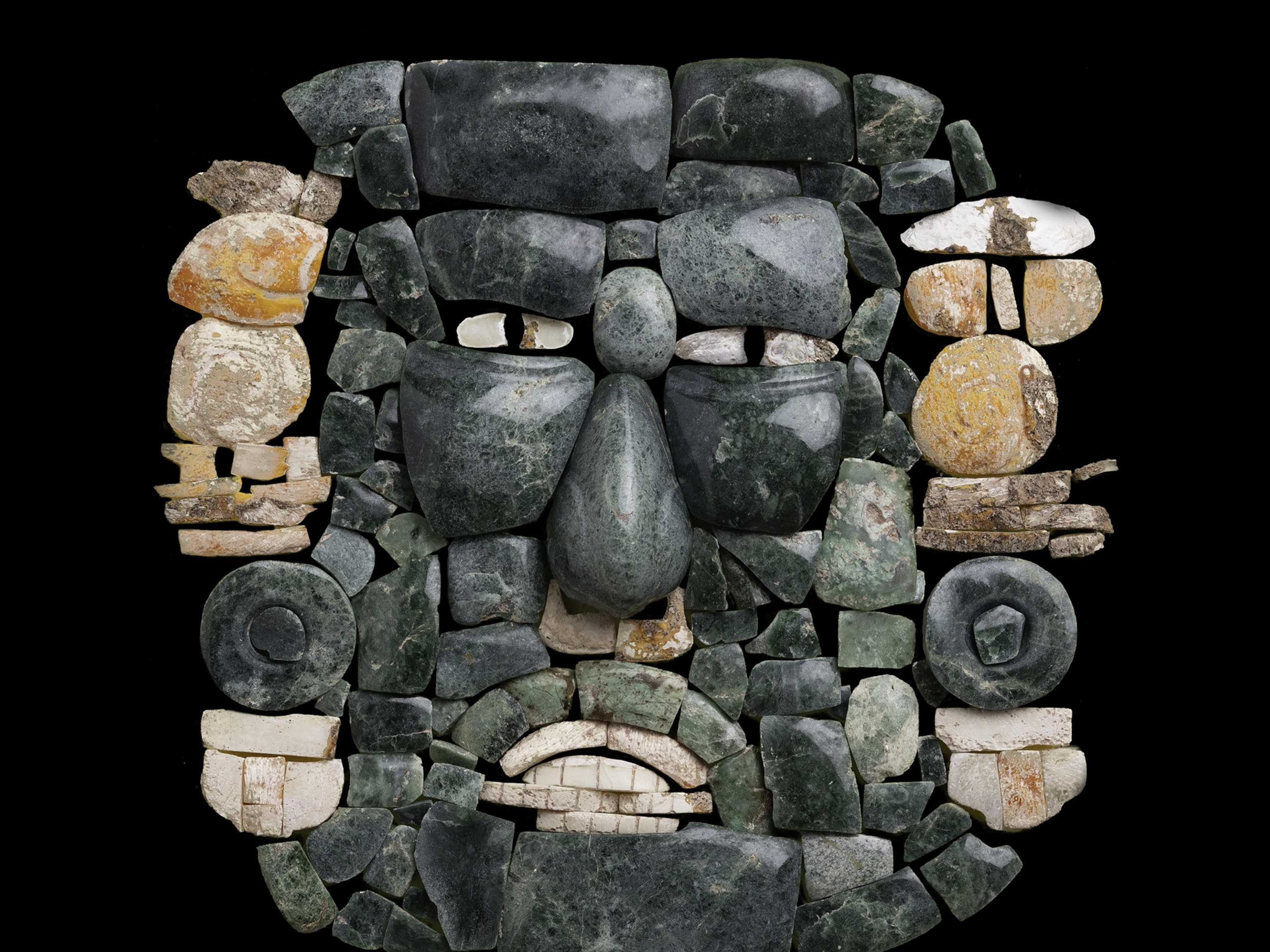Shipwreck Gold Found off U.S.—Worth $180,000,000?
Records indicate that the ship was carrying coins worth U.S. $400,000—a fortune at today's values.
Deep-water shipwreck explorers have raised Reconstruction-era gold and silver coins and other precious artifacts from what could be one of the richest shipwreck treasures ever found. The treasure was found in the wreck of the S.S. Republic, which sank during a hurricane off the coast of Georgia in 1865.
Records indicate that the ship was carrying coins worth U.S. $400,000—a fortune at today's values.
The paddlewheel steamship went to the bottom of the Atlantic in October 1865. The ship was en route to New Orleans with a cargo of coins and other supplies destined to aid post Civil War Reconstruction. Passengers and crew were able to evacuate the sinking ship, though some died in a lifeboat before they could be rescued.
The Republic was discovered last August in some 1,700 feet (500 meters) of water, about 100 miles (160 kilometers) southeast of Savannah. The find capped an effort that had spanned a dozen years, but when the Odyssey team began excavating the site their success was much more immediate.
"The coins were in the area that we had predicted we would find them, and the first coin appeared within the first hour of excavation," Odyssey co-founder and director of operations Greg Stemm told National Geographic News. "I would like to think that we were that good, but there is always an element of luck in this type of endeavor."
Odyssey Marine Exploration, based in Tampa, Florida, is a leader in the field of deep-ocean shipwreck exploration.
Related: Ancient Gold Treasure
While Stemm's team was on-target with its estimate of the coins' location they have encountered some pleasant surprises.
"The vast majority of the coins we are seeing are gold $20 and $10 pieces, mostly in beautiful condition," Stemm said. "Because of the scarcity of silver coins during the period we frankly were surprised to find silver coins as well—especially in such fine condition that you can actually still see the mint luster."
Many of the gold coins have a slight dark film that easily rinses away to reveal uncirculated surfaces preserved by years in the deep.
To date, more than 750 gold coins have been recovered. Some 60 percent of them are Coronet Head 20 Dollar Double Eagles and the balance are Coronet Head 10 Dollar Eagles. More than 900 silver Seated Liberty Half Dollars have also been recovered thus far.
At the time of the Republic's discovery, estimates made from historical records and comparable coin sales placed the cargo's possible value at U.S. $120 to 180 million. So far, there is insufficient information to check the accuracy of those early estimates.
The Value of Pickles
Precious coins aren't the only treasure that the Republic has to give up. The wreck site also offers a rare, "time capsule" glimpse into a turbulent and fascinating period of America's past.
While not much of the ship's hull remains, the rudder, parts of the paddlewheels, and steam engine are relatively intact. So too are thousands of artifacts which are beginning to emerge in wonderful condition—including the ship's bell and much of its cargo.
Carefully documenting and interpreting the site is a priority for the Odyssey group, which wants to share the ship's story with the public.
"This assemblage [of artifacts] tells us what the North was sending to the former rebel states to help rebuild their economy," Stemm explained. "We are seeing everything from pickle jars to dominoes, school slates to shoes…a truly wonderful story to be told."
Technology is boosting the archaeological effort. The precision positioning capability of a new Sonardyne long baseline acoustic system enables the team to create geographically correct photo mosaics of the site at nearly real-time speed.
While the early successes are encouraging, the Odyssey team still has months of work ahead on the wreck site.
"We are literally picking up one coin at a time with a specially designed soft silicone limpet so that we do not mar the surface of these beautiful pieces," Stemm explained. "We have found that we can pick up about 1,000 coins per day, one at a time. So, if we find the 25,000 to 30,000 coins that research suggests we should expect, we will probably spend at least a month on [gold coin] recovery alone in one small portion of the site."
Delving further into the secrets to be found among the ship's cargo will add to both challenge and recovery time. "We will be excavating some really interesting areas of the site that promise to unveil fascinating glimpses into the cargo and passengers that were aboard the ship," Stemm said.
The variety of shapes and sizes make artifact-recovery more difficult than that of the coins, but it's well worth the effort. Even at this early stage, the doomed ship's cargo is raising some new questions about its Reconstruction-era mission. "As an entrepreneur I am fascinated by the collection," said Stemm. "It provides a glimpse of what Yankee entrepreneurs after the Civil War felt they could take to the south to market. You wonder what type of mark-up there must have been on pickles to justify valuable space in the cargo hold of the ship." Odyssey's Web site (www.shipwreck.net) is regularly updated with information from the shipwreck site, and visitors can sign up for e-mail alerts.
The expedition has been documented in detail since September by National Geographic. The two films—for broadcast on MSNBC and PBS—are being produced by National Geographic Television & Film in association with JWM Productions, LLC.
"National Geographic has been here every step of the way covering the Odyssey Republic expedition," said Stemm. "We're excited about sharing the amazing story of the Republic and the in-depth coverage of our expedition with the public."
"National Geographic has a long history covering this kind of expedition," said David Royle, executive producer of National Geographic Ultimate Explorer and senior vice president for production at National Geographic Television and Film. "We have covered some of the classic Geographic expeditions like Titanic and Bismarck and we're uniquely qualified to tell the remarkable story of the Republic."
